5 surefire ways to get an OSHA inspection
OSHA violations can be detrimental to your reputation and your practice’s bottom line. Here’s how to avoid an on-site inspection.
Does the mere mention of the name “OSHA” send a shiver down your spine? You’re not alone. OSHA violations can have a detrimental effect on your reputation in the community as well as your bottom line.
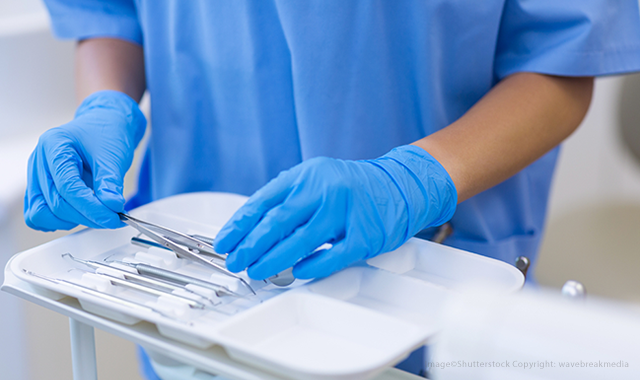
“OSHA published the penalty amounts that were adjusted for inflation to be effective as of Jan. 2, 2018. They are $12,934 per violation for a serious, other-than-serious, or posting requirements violation,” says Mary A. Borg-Bartlett, president of SafeLink Consulting. “If an employer is cited and doesn’t abate, which means notify OSHA of their corrections, then OSHA can issue a penalty of $12,934 per day beyond the abatement date. For a willful or repeated violation, the penalty is $129,336 per violation.”
OSHA complaints are typically reported by phone or online directly to OSHA and can be made by current employees, former employees, or someone outside of the practice. Once a complaint has been made, it’s OSHA’s responsibility to follow up.
Read more: 10 MAJOR infection control risks
“We are now seeing employers receiving phone calls from OSHA followed up with a copy of the complaint, which requires the employer to abate, or correct, the complaint and inform OSHA how the complaint was resolved. If the complaint didn’t result in an on-site inspection by OSHA at the onset of the complaint, then an on-site inspection could occur in the future to affirm that the employer made the correction(s) reported to OSHA,” Borg-Bartlett explains.
Despite your best efforts, complaints may still be reported, resulting in violations and various penalties. For that reason, it’s a good idea to stay up to date on best practices and evaluate the systems and processes within your practice.
Click through the slides to find out how to avoid an OSHA inspection.


1. Not training staff adequately
Failing to train your dental staff won’t result in an OSHA inspection itself, but if staff members aren’t aware of the proper way to dispose of sharps or how to properly wear personal protective equipment, then that could lead to complaints and violations down the road.
Borg-Bartlett recommends dentists conduct practice-specific new employee safety training immediately upon hire as well as conduct annual training for all employees.
Trending article: The true science fiction of future dentistry
“This safety training must be specific to the safety policies and practices in the practice,” she says. “Taking staff to a trade show and having them attend an infection control course can be part of the annual training; however, the specific safety policies developed and implemented should also be reviewed with the staff, including the dentist.”
Borg-Bartlett notes that it’s crucial for dentists themselves to also attend annual safety training since they are employees of the practice. New dentists hired on to the practice must also receive training.
“Upon hire, they must be trained on the hazards they will or can encounter in the practice,” she explains. “These hazards may be biological, chemical, electrical and emergency situations. The Bloodborne Pathogens Standard requires that the dentists who are employees of the practice receive infection control training. This can include identification of biological hazards, education on safe practices for preventing exposure to potentially infectious items, sharps handling and disposal, post exposure management, use of personal protective equipment, and an update on transmission of diseases.”


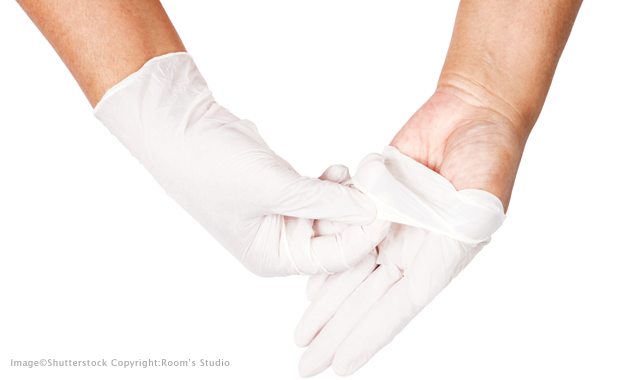
2. Improperly using personal protective equipment
Failing to follow the Bloodborne Pathogens Standard is usually the No. 1 reason dental practices receive OSHA inspections and violations, Borg-Bartlett says. According to the United States Department of Labor, the Bloodborne Pathogens Standard prescribes safeguards to protect workers against the health hazards caused by bloodborne pathogens. It address items such as exposure control plans, personal protective equipment, post-exposure follow-up, recordkeeping and more.
Infection control and properly wearing personal protective equipment play a big role in this.
More from the author: The risks and rewards of mail-order braces
“The citations that we at SafeLink have seen relate to improper use of personal protective equipment,” Borg-Bartlett says. “For instance, whenever it is anticipated that spray or spatter may be generated during patient treatment, the dentist and the staff must wear PPE over their scrubs or street clothes. This PPE must be changed between patients and not re-used until laundered. Many practices now find that a disposable gown works best as it can be disposed of immediately after patient treatment.”
Staff members must also wear a gown, gloves, safety eyewear and a mask while preparing dirty instruments for sterilization.


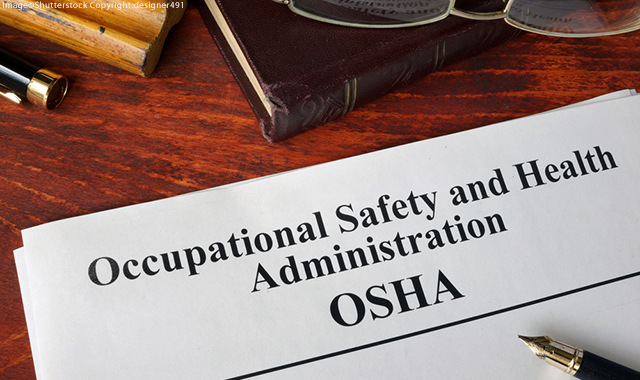
3. Non-compliance with the Hazard Communication Standard
The Hazard Communication Standard is another area of concern. Revised in 2012, it requires that the chemical manufacturer, distributor or importer provide Safety Data Sheets (SDSs, formerly MSDSs) for each hazardous chemical to downstream users to communicate information on these hazards.
“Not that the MSDS is no longer in use, we are seeing citations being issued when an employer is not making the more up-to-date SDS available to its employees,” Borg-Bartlett says.
Related reading: 6 questions about infection control you might be afraid to ask
According to federal OSHA information regarding standards cited for dental practices, the guidelines for the use of formaldehyde often causes trouble.
“This standard directs the employer to protect employees from this chemical both through skin contact and inhalation,” Borg-Bartlett explains. “Exposure monitoring is required to ensure that the exposure level to the employees is below the Permissible Exposure Limit (PEL) and that safety controls are in place to protect employees.”


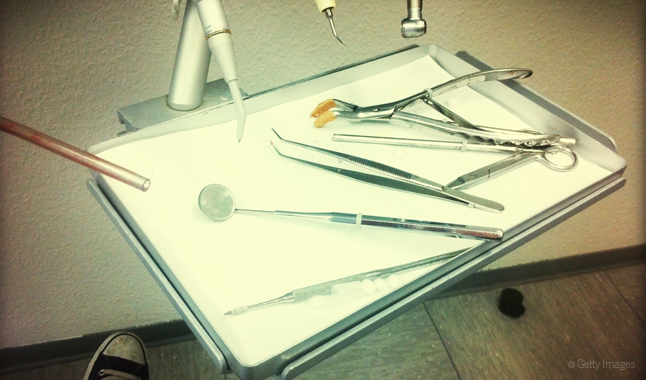
4. Failing to have sharps safety policies in place
Although the implementation of the OSHA Bloodborne Pathogens Standard has helped to protect dental healthcare personnel from sharps injuries and blood exposure, the Centers for Disease Control and Prevention notes that sharps injuries continue to occur in dental practices and pose the risk of bloodborne pathogen transmission to both dental staff and patients.
Most injuries involve burs, needles and other sharp instruments. To prevent these types of injuries from happening, every dental practice should have policies and procedures in place that address sharps safety.
“They [the CDC] emphasize the need for dental practices to have good policies and practices in place to address sharps safety, particularly when dental staff are using sharps, during cleanup and during disposal,” Borg-Bartlett says. “Engineering controls are the primary method for reducing these types of exposure incidents. These controls should remove or isolate the hazard and are frequently technology-based. Some examples of this technology would be self-sheathing anesthetic needles, safety scalpels and needleless IV ports.”
Trending article: The states with the best and worst oral health in 2018
If sharps injuries do occur, it’s the responsibility of the dental practice to document them and identify, evaluate and select devices with engineered safety features. Work practice controls are also important, Borg-Bartlett says.
“This involves an evaluation of how the worker is performing the task and if changes can be made to improve the safety of performing the task by the worker,” she explains. Examples would be using a one-handed scoop technique for recapping needles. The CDC’s document points out that the handling of needles and syringes during patient treatment can result in injuries to the dentist and to the staff. Some of the injuries they mention can be caused by bending or breaking needles during disposal, unsafely passing a syringe, and using your fingers instead of instruments for tissue retraction or palpation during suturing and administration of anesthesia.”
The location of sharps containers is also key. The Bloodborne Pathogens Standard indicates that sharps disposal should be at the point of use, so Borg-Bartlett says it’s best to have sharps containers in each treatment room rather than a large central container in the sterilization area.
“Even when the sharps containers are in treatment rooms, they should be easily accessible,” she adds. “Having them located in a cabinet where the cabinet door must be opened or on a counter behind other equipment or tools that must be moved in order to get to the sharps container is not a safe practice.”



5. Not maintaining emergency equipment
An often overlooked aspect of the dental practice is having proper emergency equipment on hand. Policies vary from state to state, but Borg-Bartlett says she sees many citations issued to dental practices regarding this type of equipment.
More from the author: How Amazon Business is shaking up the dental industry
“Fire extinguishers must be inspected monthly by the employer and not just annually by an outside company. This is an easy-to-find violation for an OSHA inspector,” she says.
First aid materials must also be available and inspected frequently to ensure that any medications included in the kit haven’t expired, she adds.


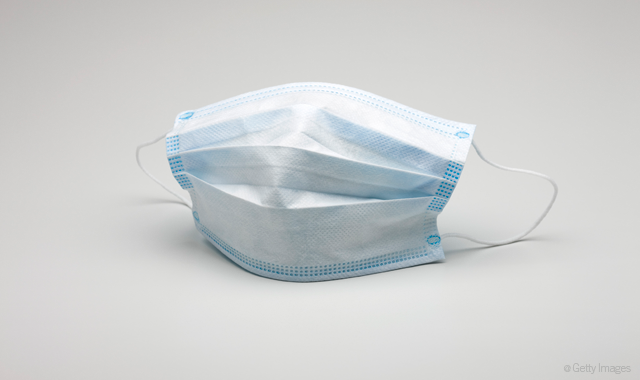
Avoiding OSHA violations
Now that you know the most common ways to receive an OSHA inspection or violations, what can you do to prevent this from happening?
Hiring a safety coordinator or an infection prevention coordinator is the first step.
“Assign the responsibility of the position of safety coordinator to a staff member who is knowledgeable about worker safety and provide them the time and resources to effectively perform that function,” Borg-Bartlett says. “This individual should understand the OSHA Standards that apply to the practice. Give this individual the authority to enforce the safety practices and be committed to providing a safe and healthy workplace.”
Related reading: How to conduct an infection control risk assessment in your office
Making sure that written health and safety programs are specific to each dental practice is also key.
“Buying a ‘canned’ safety program is a start; however, it must be customized to reflect the hazards in your practice and the policies that have been developed and implemented to protect your workers.”
In addition to training new staff members immediately upon hire, educate them about possible exposure to potentially infectious items. Borg-Bartlett also recommends offering them the Hepatitis B vaccine within 10 days of hire.
“Document their acceptance or refusal for the vaccine series. Ensure that the practice is paying for the Hepatitis B vaccine and the titer test, which must occur within four to eight weeks after completion of the series,” she says. “If a worker refuses the vaccine because they have already taken it, then ask them to provide you with as much information as they can on when they had it and the results of the titer test. If they can’t provide you with that information, then still have them sign a refusal and make a note that you were unable to confirm their participation in the Hepatitis B vaccine series prior to their employment with your practice.”

Maximizing Value: The Hidden Benefits of Preventing Hospital-Acquired Pneumonia Through Oral Hygiene
September 10th 2024Originally posted on Infection Control Today. Hospital-acquired pneumonia (HAP) is a significant infection prevention concern, leading to high patient mortality, increased health care costs, and ICU usage. Oral hygiene is an effective preventive measure.